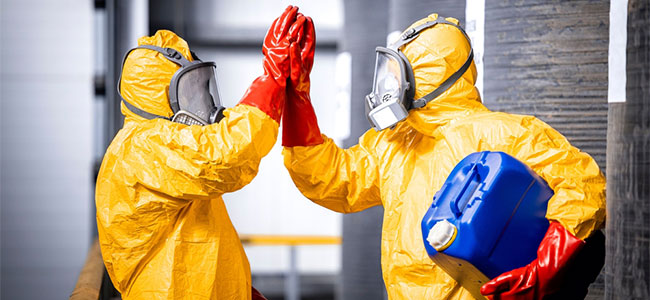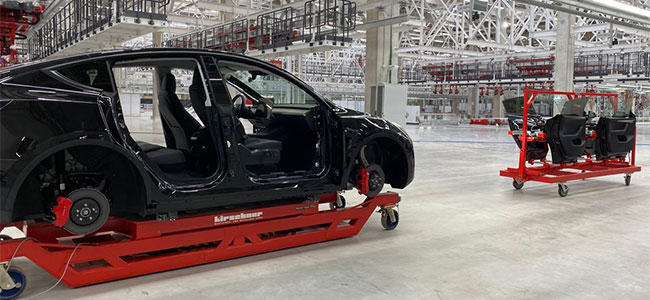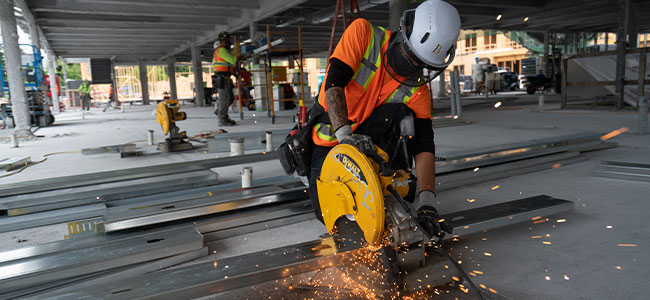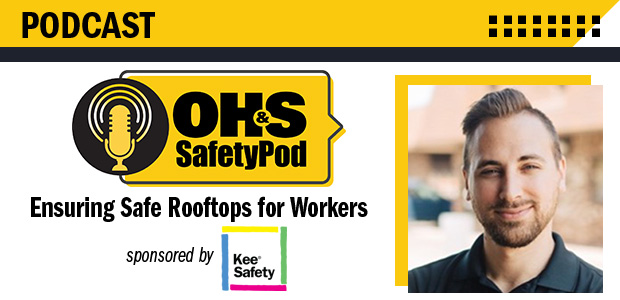
Orienting new employees on chemical safety requires leveraging the right methods and tools to ensure a slate of learning objectives takes hold.

With many big-name auto brands racing to manufacture electric vehicles, the construction industry is racing to keep pace with demand, but what does that mean for worker safety and PPE needs? There are four key stages of construction to examine.

Expert Mark Ramos joins OH&S to delve into the unseen challenges and solutions when it comes to managing combustible dust in industrial and manufacturing facilities.

Hearing protection in the workplace is critical in not only preserving workers’ hearing, but in protecting them from larger safety risks. How can companies prevent hearing loss?

The world of worker safety is redefining head protection as it makes the shift from traditional hard hats to comprehensive safety helmets in construction.

Protecting workers from hazardous occupational noise exposure requires understanding the exposure, taking the right PPE approach, and ensuring worker buy-in.
Workers can improve their self-monitoring to help prevent strains and sprains.
Employers can build a safer workplace through CPR, AED and first aid education.

The right employer intervention and selecting the proper cold-weather PPE keep workers safe, warm and productive.

Rooftops pose multiple danger points, each requiring its own safety approach. Daniel Huntington delves into the four primary danger zones on rooftops and how safety professionals can better protect workers in these areas.